1. Woolworth’s
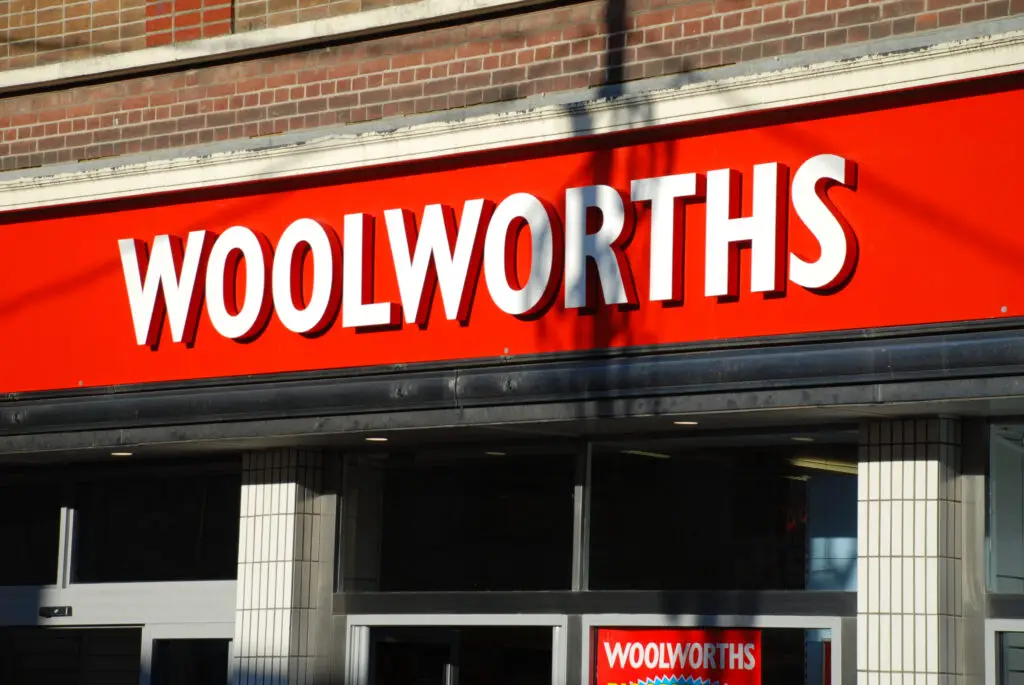
For much of the 20th century, Woolworth’s was more than just a department store, it was the beating heart of Main Street. You could grab a milkshake at the lunch counter, browse the toy aisles, and pick up a new pair of shoes all in one afternoon. Families would meet there after school, and it became a social hub as much as a shopping one. When Woolworth’s began closing its doors in the 1990s, many people felt like they were losing a piece of their hometown.
The company had been around since the 1870s and was once one of the largest retailers in the world. Its “five-and-dime” model inspired countless imitators, but few could replicate its charm. Even as malls rose to dominance, Woolworth’s managed to hang on for a while thanks to nostalgia and loyalty. Today, its memory lives on in the spirit of community stores that try to offer a little bit of everything.
2. Montgomery Ward

Before Sears became the mail-order king, Montgomery Ward was the pioneer of the catalog. It started in 1872 with a single sheet of paper and grew into a retail empire that brought modern conveniences to rural America. Customers could order just about anything from the pages of its catalog, and many small-town families furnished their entire homes that way.
In the 20th century, Montgomery Ward transitioned into department stores that anchored malls and downtowns. But by the 1990s, it struggled to compete with big-box retailers and changing shopping habits. Its final stores closed in 2001, marking the end of an era for generations who grew up flipping through its thick catalog. Some of its former buildings, however, have been repurposed into apartments or offices, keeping its legacy alive in new ways.
3. J. M. Fields
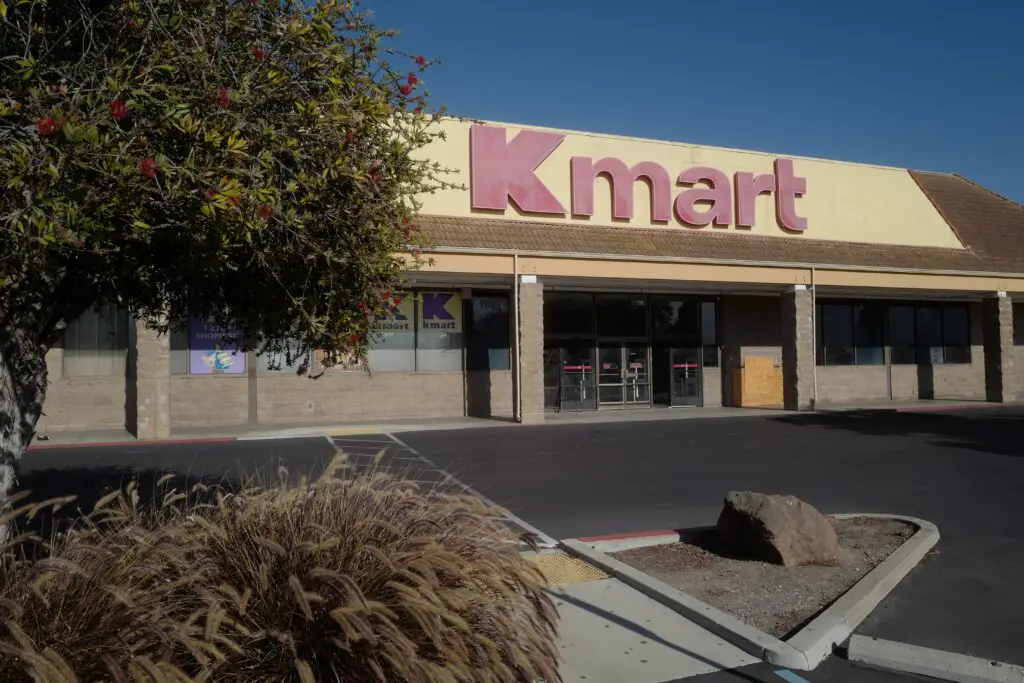
J. M. Fields may not have had the national footprint of some competitors, but in the Southeast and East Coast, it was a household name. Known for affordable fashion, home goods, and groceries, it made one-stop shopping possible long before the rise of Walmart. The stores had a friendly, local feel that made them especially beloved in smaller communities. Many eventually became KMarts.
The chain expanded rapidly in the 1960s but eventually became part of the same corporate family as Food Fair supermarkets. When the parent company ran into financial trouble in the 1970s, both brands went under. Many people still remember shopping trips there as kids, holding their parents’ hands while marveling at the bright displays. It’s one of those places where you didn’t just shop, you made memories.
4. Ames
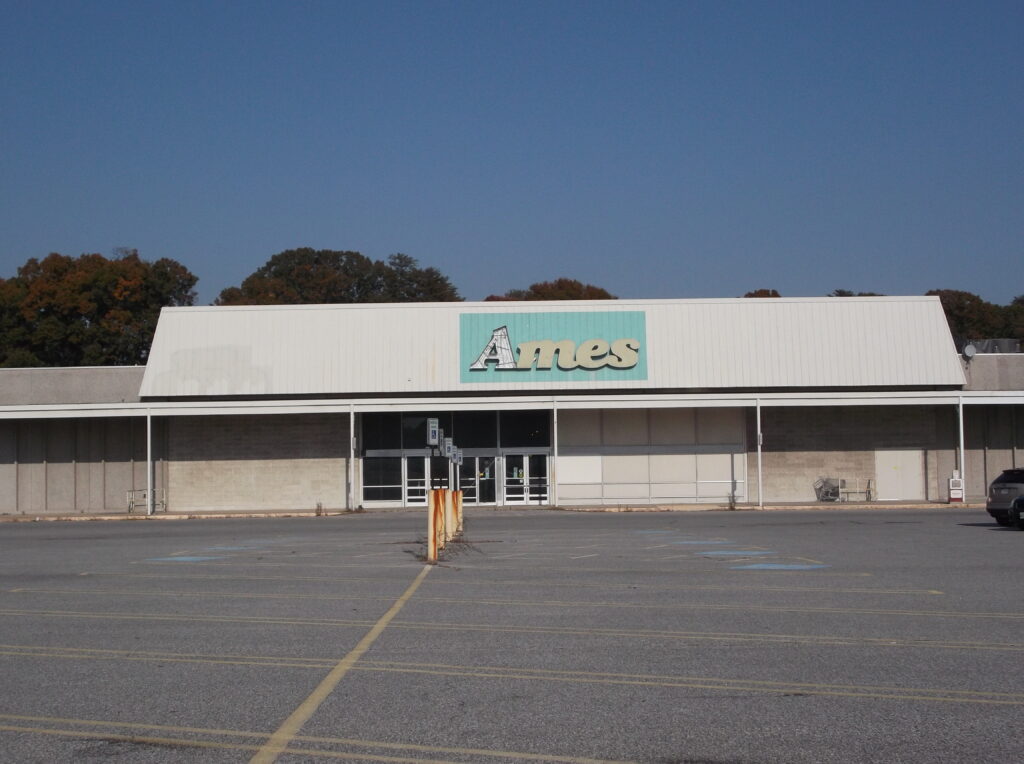
If you grew up in the Northeast or Midwest, chances are you remember Ames. The store’s red logo was a familiar sight in shopping centers and small-town plazas. It was known for reasonable prices and family-friendly service, and it was the kind of place where you could find everything from school supplies to lawn chairs.
Ames hit its stride in the 1980s but struggled as larger competitors like Walmart and Target grew stronger. It tried to adapt by buying other chains, including Hills, but the debt proved too much to handle. The final stores closed in 2002, leaving behind empty shells that still spark recognition for anyone who grew up nearby. Many people still reminisce about its friendly staff and the excitement of back-to-school shopping trips.
5. Hills Department Store
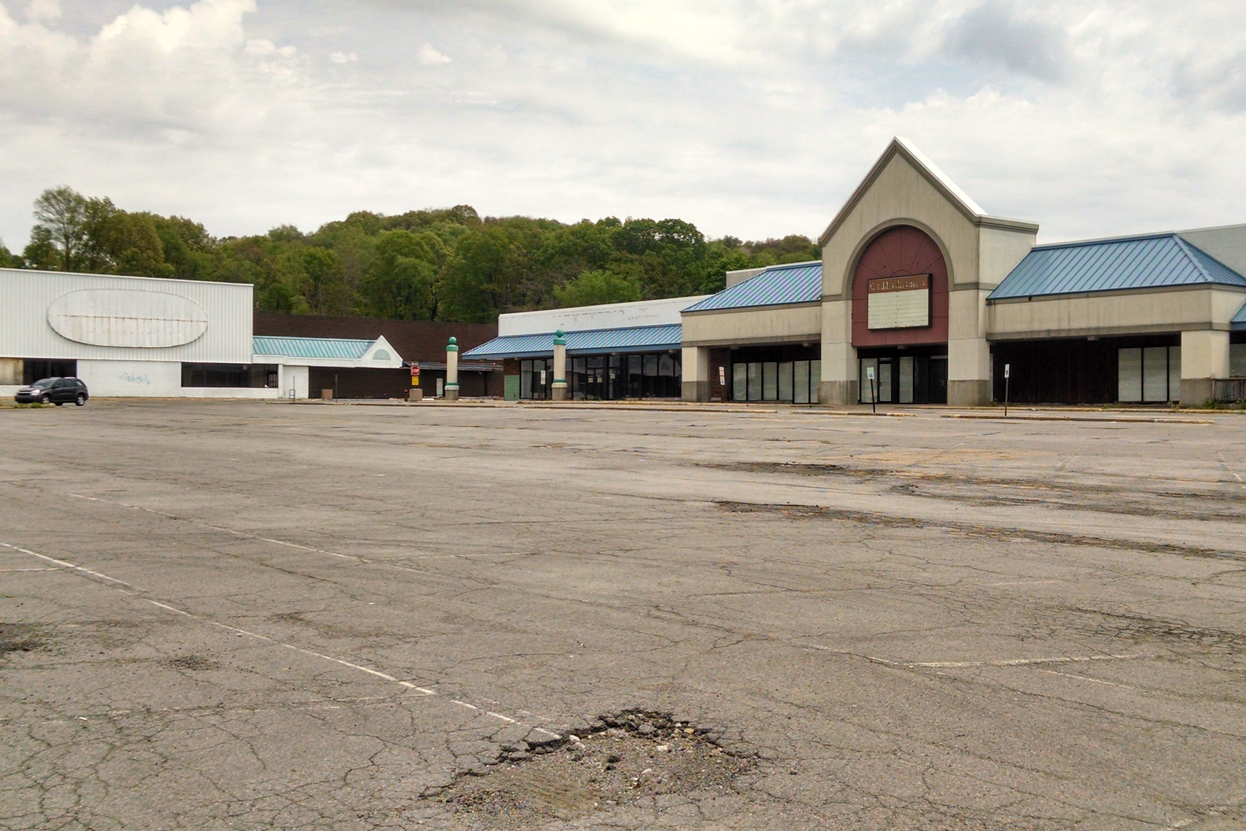
Hills was every kid’s favorite stop after a long day of errands. Known for handing out free popcorn and soda at the snack bar, it made shopping an experience instead of a chore. Parents loved its low prices, and kids loved the toy aisle, which always seemed endless.
The chain was based in Ohio and operated throughout the Midwest and Northeast, peaking in the 1980s. But when larger competitors took over the discount market, Hills couldn’t keep up. It merged with Ames in 1999, and that was the beginning of the end for both. For those who grew up going there, though, the smell of popcorn still brings back vivid memories of family outings.
6. Zayre
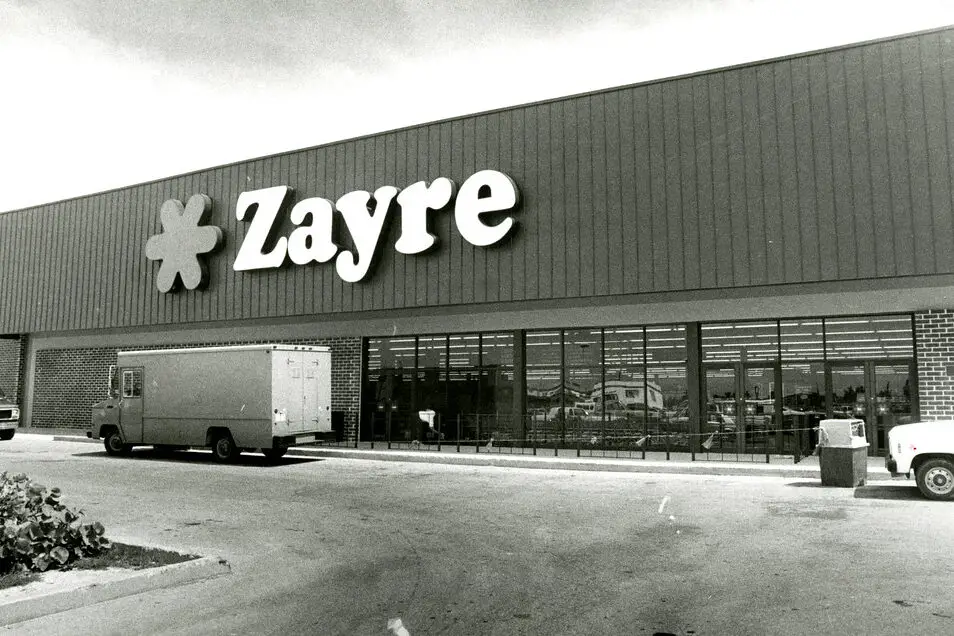
Zayre was one of those department stores that seemed to be everywhere in the ’70s and ’80s. It was bright, affordable, and full of variety, from clothes to records to kitchenware. The name itself felt distinctly retro, and its TV commercials captured that cheerful mid-century optimism.
By the late ’80s, the company sold its stores to Ames and shifted focus to other ventures. The transition wasn’t smooth, and many locations quietly disappeared not long after. Still, Zayre remains a nostalgic touchstone for anyone who grew up during its heyday. Its red-and-white logo was a welcome sight in countless strip malls, promising bargains and a friendly smile.
7. Gimbels
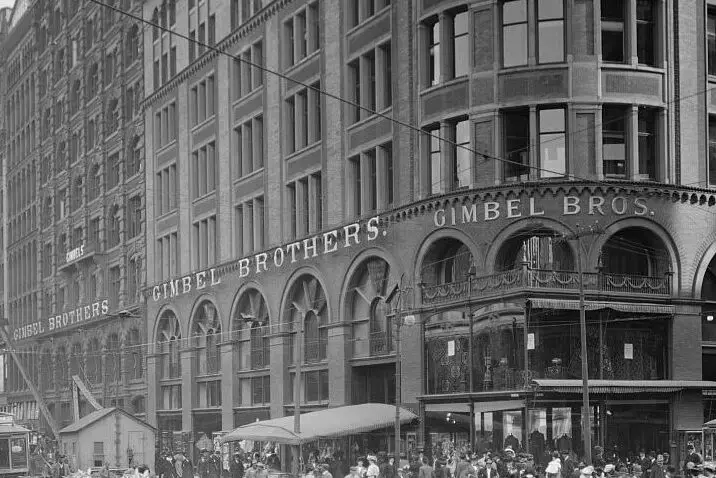
Gimbels was once a giant of American retail, famous enough to rival Macy’s—and even become its foil in Miracle on 34th Street. The store began in the 19th century and was known for its elegance, from the architecture to the customer service. It helped define the department store experience for generations of shoppers.
But by the 1980s, Gimbels couldn’t keep up with changing times. The flagship stores closed in 1986, ending more than a century of history. For many, it felt like losing a bit of the city itself, especially in places like Philadelphia and Milwaukee where Gimbels had deep roots. Even today, the phrase “Does Macy’s tell Gimbels?” lingers as a reminder of one of retail’s greatest rivalries.
8. Bon-Ton

Bon-Ton was once a regional favorite across the Northeast and Midwest, offering everything from fashion to fine china. It had a reputation for class without the intimidation, and its stores often served as cornerstones of local malls. Holiday shopping there was an event, complete with elegant decorations and live piano music.
Founded in 1898, the chain lasted far longer than most of its peers but eventually couldn’t withstand the retail downturn of the 2010s. It filed for bankruptcy in 2018, closing hundreds of stores nationwide. Some locations briefly reopened under new ownership, but the magic never fully returned. Still, for shoppers who grew up with it, Bon-Ton remains synonymous with small-town sophistication.
9. Mervyn’s
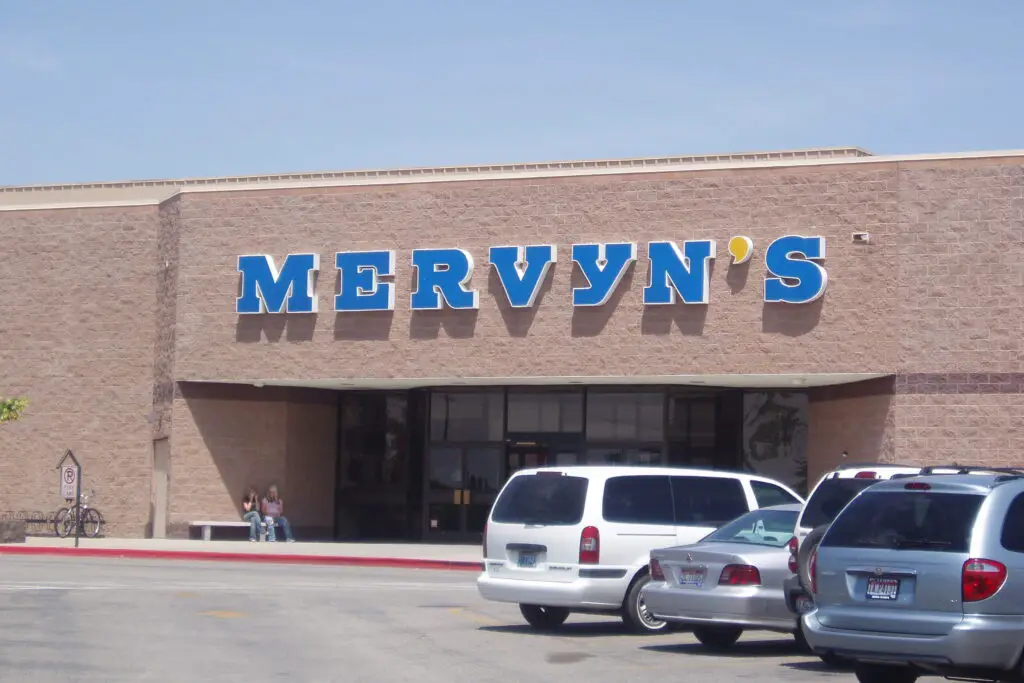
Mervyn’s was a staple in suburban malls across the West and Midwest, especially during the ’80s and ’90s. It was known for good-quality clothing at fair prices and for treating its employees well, which made shopping there feel refreshingly personal. The sales were legendary, and everyone seemed to have a favorite department.
The chain began in California in 1949 but was eventually acquired by Target Corporation, which later spun it off. Unfortunately, Mervyn’s couldn’t compete with newer fast-fashion retailers or online shopping trends. By 2008, all stores had closed, leaving behind empty anchors in once-bustling malls. Many former shoppers still miss its reliability and friendly atmosphere.
10. Gottschalks
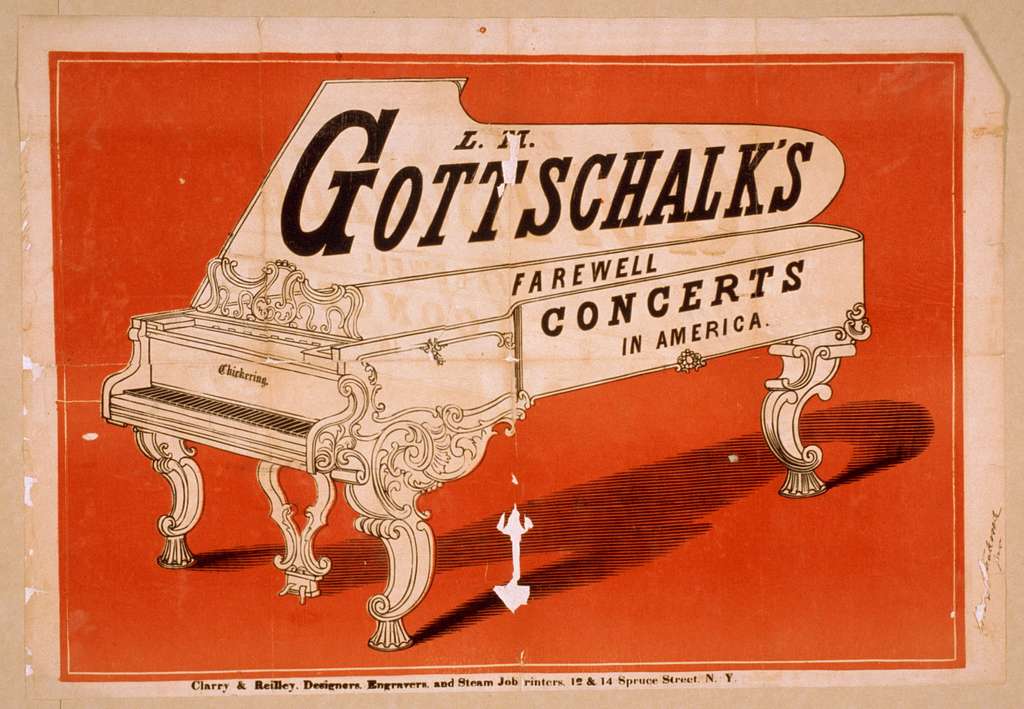
Gottschalks was a West Coast gem that combined department store polish with small-town warmth. Founded in Fresno, California, it was particularly popular in mid-sized cities that didn’t have the big national chains. Customers loved its mix of affordability and style, and its seasonal sales were major local events.
The company lasted more than a century before filing for bankruptcy in 2009. It was one of the last family-founded regional chains to fall, and its closing hit communities hard. Former employees often speak fondly of the store’s family-like culture and long-term customers. For those who grew up out West, Gottschalks was more than just a place to shop—it was part of home.
11. Marshall Field’s
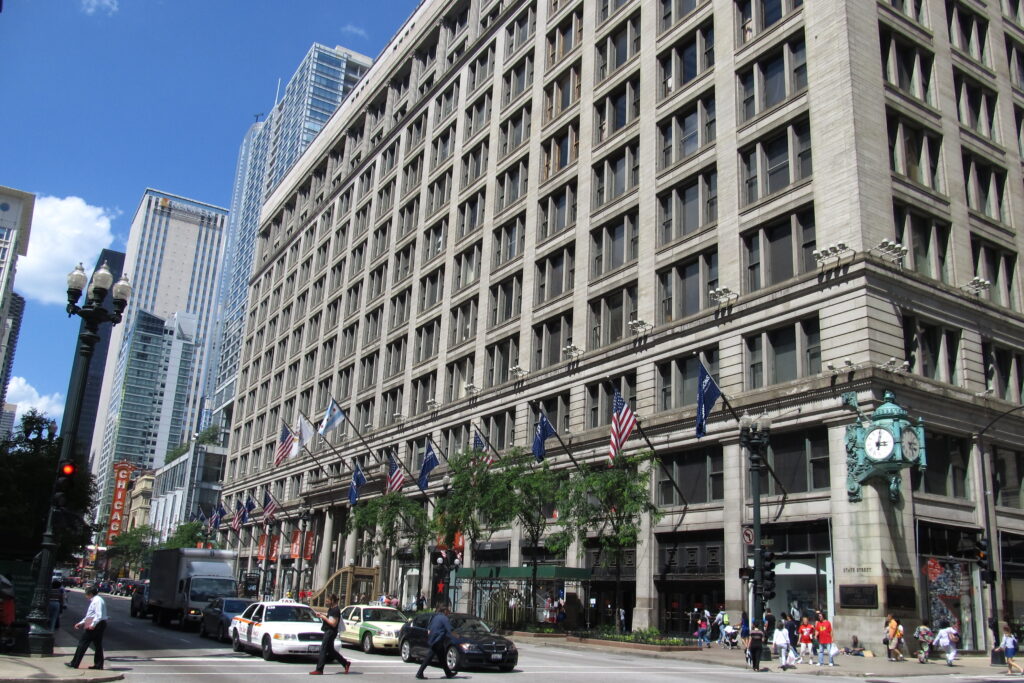
Ask any Chicagoan about Marshall Field’s, and you’ll get a wistful smile. The grand store on State Street wasn’t just a place to buy things, it was a city landmark, complete with elegant architecture and the famous Walnut Room restaurant. The Christmas window displays drew crowds from all over, and generations of families made it a tradition to visit every holiday season.
When Macy’s took over in 2006 and rebranded the stores, the backlash was enormous. Many locals still refuse to call it anything but Marshall Field’s. It had been in business since the 1850s and symbolized everything glamorous about department store shopping. Even today, walking past that building brings a wave of nostalgia for what once was.
12. The May Company

The May Company began as a small dry goods business in Denver in the 1870s and grew into one of the country’s biggest department store groups. It owned several beloved regional brands, including Famous-Barr, Kaufmann’s, and Robinsons-May. Each had its own loyal following and local identity, which made the chain feel personal despite its size.
When it merged with Federated Department Stores (the parent of Macy’s) in 2005, many of those names disappeared overnight. The consolidation marked the end of an era for regional retail diversity. Shoppers who grew up going to their local May Company stores often say the experience felt more neighborly than modern malls. Its loss signaled a shift toward uniformity that many still mourn.
13. Service Merchandise
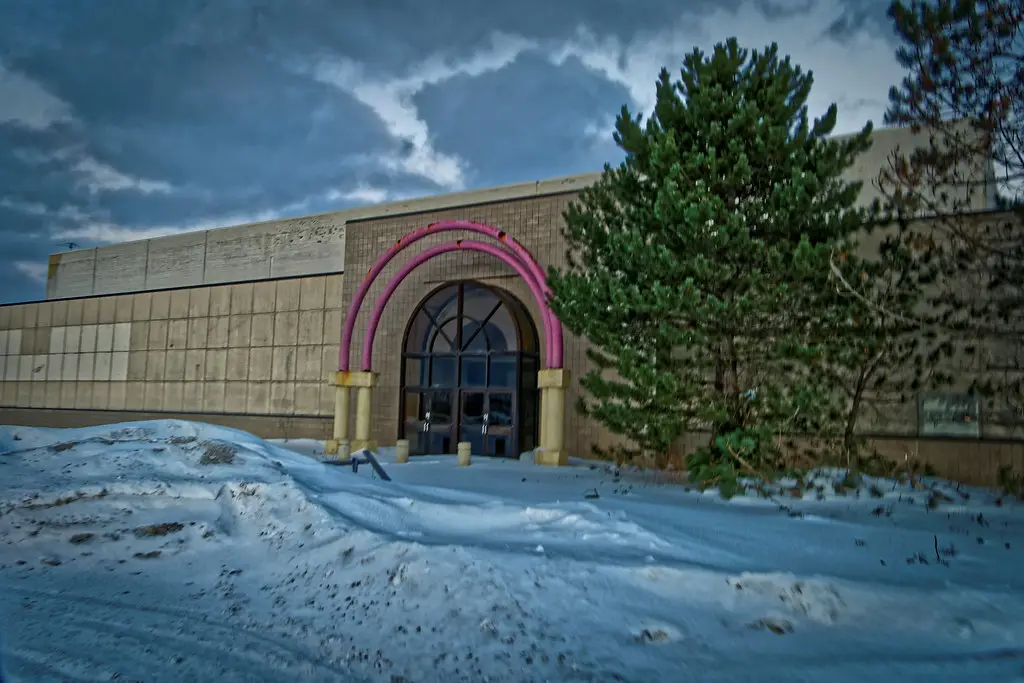
Service Merchandise had a unique twist: you didn’t take items off the shelf. Instead, you browsed display models, filled out an order form, and picked up your purchase from a conveyor belt at the front of the store. It was part catalog showroom, part department store, and for many families, it was where birthdays and Christmases began.
The company was headquartered in Tennessee and thrived during the 1970s and ’80s. But as online shopping and warehouse clubs gained popularity, its model began to feel outdated. The final stores closed in 2002, though for a time it tried to reinvent itself as an online-only retailer. Still, anyone who remembers watching that conveyor belt deliver their purchase can’t help but smile.
14. Jordan Marsh

Jordan Marsh was Boston’s pride for more than a century. Founded in 1851, it was among the first true department stores in America and became famous for its grand architecture and festive window displays. The “Enchanted Village” Christmas exhibit was especially beloved, drawing families from all over New England.
After several mergers and rebrandings, the store ultimately became part of Macy’s in the 1990s. But for longtime Bostonians, it will always be Jordan Marsh. Its name represented elegance, community, and a kind of old-fashioned service that’s hard to find today. Even now, the name conjures up memories of twinkling lights, bustling shoppers, and the smell of the bakery’s famous blueberry muffins.
